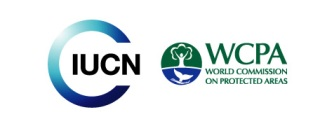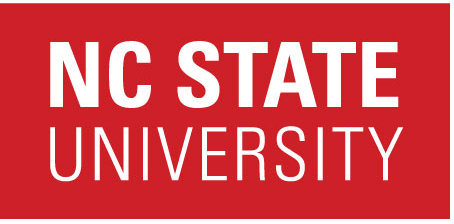PDF: Indicator Handbook: A Guide to the Development and Use of Samoa's Sustainable Tourism Indicators
Citation
Twining-Ward, L. (2002). Indicator handbook: A guide to the development and use of Samoa's sustainable tourism indicators. Apia, Samoa: South Pacific Regional Environmental Programme (SPREP).
Download PDF
Summary Because of the Pacific’s perceived romantic isolation from the rest of the world, the abundance of natural flora and fauna as well as cultural exoticism, the small tropical islands of our region have always been a paradise icon for tourism, an ideal “get away from it all”. For small islands tourism can provide an opportunity to generate foreign exchange earnings and substantial employment benefits. However, together with the obvious benefits, there are costs and trade-offs in the development of tourism.
There are numerous examples in the Pacific region where tourism development has proceeded in an uncontrolled or poorly planned fashion resulting in the loss of irreplaceable resources such as coral reefs and traditional cultural practices. To avoid these pitfalls, tourism needs to be developed sustainably; it needs to be well-planned and managed at a scale and form compatible with the natural and cultural environment unique to the Pacific. Sustainable development makes practical as well as economic sense in the case of small islands. Even before the landmark United Nations Conference on the Environment and Development in Rio de Janeiro in 1992, organisations such as SPREP, the South Pacific Forum Secretariat and the Alliance of Small Island States (AOSIS) were active in bringing island issues to the attention of the international community (SPREP,1992). The convening of a Global Conference on Small Island Developing States in Barbados in 1994 further highlighted the need to give special attention to the relationship between environmental quality and the sustainability of tourism development (SPREP and ESCAP, 1996). As a result of these global commitments, many islands such as Samoa, have begun stating sustainability as a core part of their economic and tourism development strategies. Nevertheless, implementation of sustainable development, and especially sustainable tourism, has been slow and rather ad hoc in its progression. National tourism organisations (NTOs) of small islands often lack the capacity and resources to develop an integrated strategy for sustainable tourism, and there are few tools currently available to assist them.
This Indicator Handbook therefore seeks to address some of these issues, using the case of Samoa to provide a framework by which NTOs can develop their own objectives for sustainable tourism and identify realistic and practical indicators to monitor progress towards them. It is my hope that this publication will help provide the type of information and data that Samoa could use to further its sustainable tourism work. Perhaps this Handbook could serve as a model or pilot, if successful, to be used for similar developments in the area of tourism by other Pacific small island states.
Keywords
Oceania, Samoa, indicators, monitoring, islands




